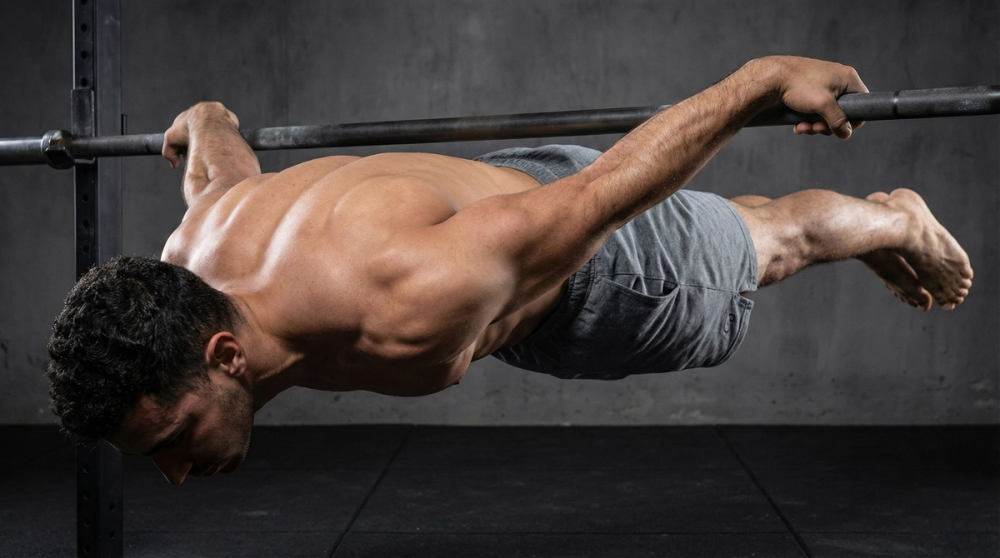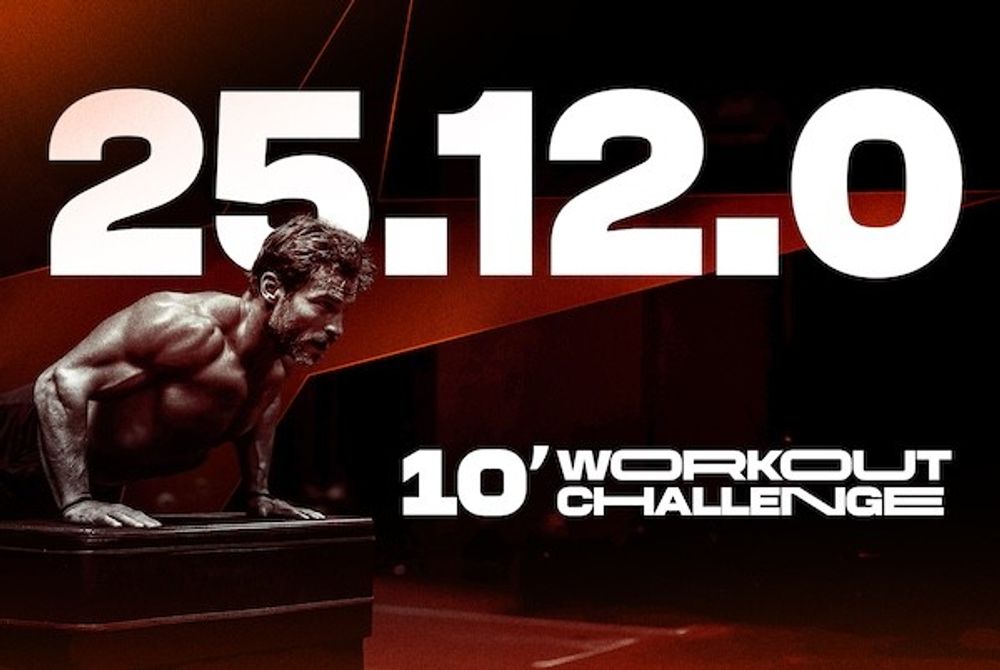
All Calisthenics Static Holds Explained + Full Diagram
A detailed breakdown of all calisthenics statics. Learn about muscle activation, movement patterns, and precise execution for every isometric skill.

Recently in the calisthenics world, there's been some controversy around weighted dips. The technique is being pushed to such extremes that it’s starting to resemble the notorious “ultra-arched bench press” in powerlifting. Let’s take a closer look at what’s going on.
The Ab Crunch in Weighted Dips
In streetlifting, or weighted calisthenics, there's a technique commonly used for dips called the "crunch." It involves engaging your abs during the descent by slightly flexing at the hips, then releasing that tension on the way up. This creates a spring-like effect that makes the upward phase of the movement easier.
This technique is quite effective because it lets you lift heavier weights safely and puts your body in a more mechanically advantageous position to push, reducing the risk of injury compared to doing dips with a completely straight body.
In competitions, almost every athlete uses this method, and it's widely accepted as the standard technique.
The Problem with the Crunch
The issue starts when, on top of engaging the abs, athletes also add a pronounced hip flexion along with noticeable spinal flexion. At that point, the dip is performed in such a way that the actual weight barely moves.
The torso and head lean far forward, the elbows bend to 90 degrees or more, but the hips—and with them, the legs and weight—barely shift. This creates a kind of loophole where the dip looks more like a trick than a true show of strength.
It’s reminiscent of techniques used in other sports to move big weights without genuinely demonstrating the strength required to lift them. A classic example is the bench press, where exaggerated back arching and ultra-wide grip techniques were used to achieve a “valid” lift in competition, even though the bar barely moved.

The Competitive Landscape
Fortunately, in official competitions, these issues are being addressed, and steps are already being taken to prevent abuse of the technique. For example, at the World Championship, the rules state that the bottom of the lifting belt must reach at least the level of the bars.
This ensures that the hips actually descend to a minimum depth, which limits how much the abdominal crunch effect can be exaggerated.
These same rules are applied in competitions held in Spain, so we have some assurance that things won’t spiral out of control.

The Spring Effect
There’s another layer to this topic that’s worth discussing on its own, and that’s the so-called "spring effect" when beginning the arm extension.
When you perform the abdominal crunch and reach the bottom of the rep—at the deepest point of the flexion—you can quickly release your abs and slightly arch your back to amplify the spring effect. This allows you to start the movement with the weight barely moving during the first part of the push.
As a result, some reps appear to begin with the athlete simply building momentum, while the actual movement of the weight is delayed. Then, they complete the rep once the momentum has kicked in.
This is a more technical point and probably deserves its own dedicated discussion, but it's still worth noting here.
Looking Ahead
In conclusion, the technique used in weighted dips is definitely a nuanced topic. It’s important to address it properly to avoid repeating the same mistakes that have occurred in other strength sports. The good news is that we’re already seeing positive steps in the right direction, although it would be wise to continue looking at potential improvements and solutions. We’ll be keeping an eye on how things evolve.
And remember—if you want to train Weighted Calisthenics, our app Calisteniapp includes a full section of weighted routines. Check it out here.
By Yerai Alonso

Yerai Alonso
Cofundador de Calisteniapp, referente en calistenia y el street workout en Español. Con más de una década de experiencia, es creador de uno de los canales de YouTube más influyentes del sector. Autor del libro La calle es tu gimnasio, campeón de Canarias y jurado en competiciones nacionales e internacionales.
Join our newsletter
Learn everything you need to know about calisthenics

A detailed breakdown of all calisthenics statics. Learn about muscle activation, movement patterns, and precise execution for every isometric skill.

Calisteniapp v25.12.0 introduces program pause, performance improvements, and the 10’ Workout Challenge 2026. No shortcuts, just better tools

Start training or give your routines a boost with this 21-day Calisthenics challenge for all levels that will put your discipline to the test.
